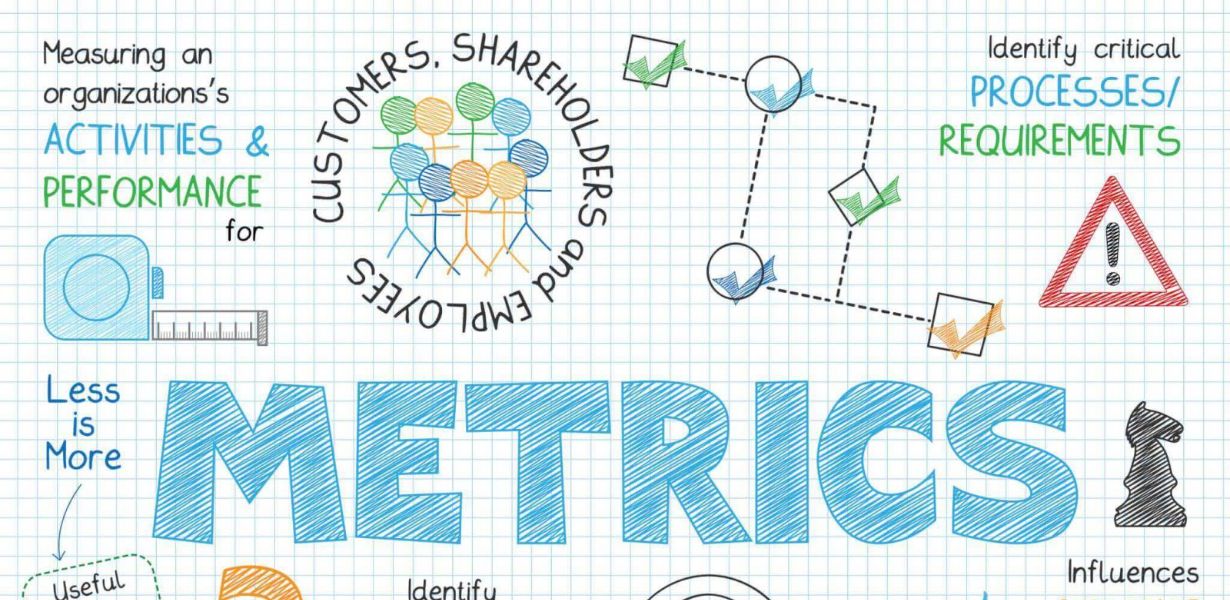
Data-Driven Success: Revolutionizing Business Metrics with Predictive Analytics
- Post
- August 9, 2023
- Ad Serving Tech, Dynamic Creative Optimization, Metrics
- 0 Comments
In a world where data is often hailed as the new oil, predictive analytics emerges as the refinery that extracts the most valuable insights. By leveraging historical data, statistical algorithms, and machine learning, businesses can forecast future trends, customer behavior, and market dynamics with unprecedented accuracy. This predictive prowess empowers decision-makers to fine-tune strategies, allocate resources wisely, and stay ahead of the competition.
Predictive Analytics: A Paradigm Shift in Metrics Evaluation
Reimagining Metrics with Precision Insights
Predictive analytics goes beyond the retrospective analysis of traditional metrics. Instead, it provides real-time insights into the future performance of key indicators. Imagine knowing not just what has happened, but also what’s likely to occur and why. This allows businesses to proactively adjust their course, optimize strategies, and seize emerging opportunities.
From Descriptive to Prescriptive Analytics
While descriptive analytics offers historical context, and diagnostic analytics explains past events, predictive analytics introduces prescriptive power. It not only identifies potential outcomes but also suggests the best actions to achieve desired results. This shift from hindsight to foresight transforms metrics from mere indicators to actionable roadmaps.
Holistic Approach to Customer Understanding
Predictive analytics enables a deeper understanding of customer behavior by analyzing data from various touchpoints. It reveals patterns, preferences, and pain points that influence purchasing decisions. Armed with this knowledge, businesses can personalize offerings, enhance customer experiences, and foster brand loyalty.
Risk Mitigation and Fraud Prevention
Beyond performance metrics, predictive analytics fortifies risk assessment and fraud detection. By analyzing historical data and detecting anomalies, businesses can mitigate risks and prevent fraudulent activities. This safeguarding aspect enhances operational integrity and financial stability.
Democratizing Insights: From Enterprises to Startups
Accessible to All Business Sizes
Traditionally, advanced analytics were the domain of large corporations. However, predictive analytics tools and platforms have become more accessible and affordable. This democratization enables startups and small businesses to leverage data-driven insights, fueling their growth and competitiveness.
Empowering Decision-Makers
Predictive analytics empowers decision-makers across all levels of an organization. From CEOs to department heads, everyone benefits from informed decision-making. This democratization of data ensures that insights are utilized at every level, driving efficiency and innovation.
Implementation Challenges and Overcoming Hurdles
Data Quality: The Foundation of Reliable Insights
The success of predictive analytics hinges on the quality of input data. Inaccurate, incomplete, or biased data can lead to flawed predictions. Thus, ensuring data integrity through rigorous collection, cleaning, and validation processes is crucial.
Integration and Cultural Shift
Implementing predictive analytics often requires a cultural shift. Organizations must embrace data-driven decision-making and ensure seamless integration of analytics into existing processes. This may involve training, change management, and a commitment to data-driven excellence.
Final Words
Predictive analytics is a transformative force that transcends traditional metrics and charts a course for data-enriched success. By blending historical context with future foresight, businesses unlock unparalleled potential. Embracing this paradigm shift equips organizations with the agility to adapt, innovate, and thrive in an ever-evolving business landscape.
Commonly Asked Questions
Q1: What makes predictive analytics different from other forms of data analysis?
A1: Predictive analytics forecasts future outcomes, allowing proactive decision-making, while other forms focus on retrospective or diagnostic insights.
Q2: Is predictive analytics only for large enterprises?
A2: No, the democratization of predictive analytics tools enables businesses of all sizes to harness its power and make data-driven decisions.
Q3: What role does data quality play in predictive analytics?
A3: Data quality is paramount; accurate predictions rely on clean, reliable input data that’s free from bias or errors.
Q4: How can organizations overcome resistance to a data-driven culture?
A4: Overcoming resistance requires leadership commitment, training, and demonstrating tangible benefits of data-driven decisions.
Q5: Can predictive analytics improve customer relationships?
A5: Absolutely, predictive insights enhance customer understanding, enabling tailored experiences and stronger brand loyalty.




